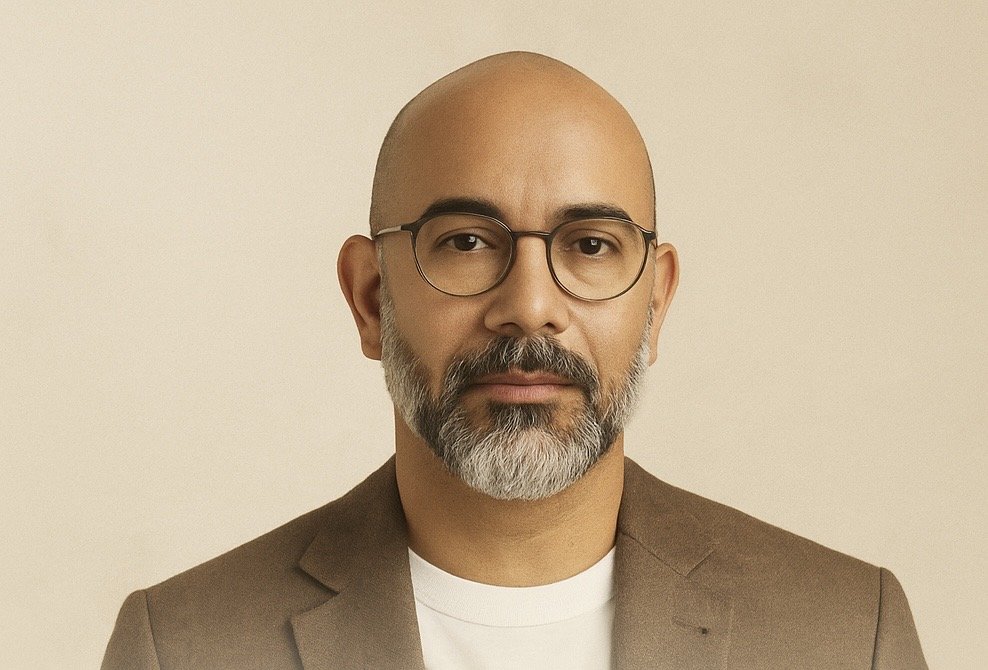The Ghost in the Machine: Claude Sonnet and the Human Revolution
- Dr. Wil Rodriguez

- Sep 29
- 4 min read
By Dr. Wil Rodríguez

A Whisper in the Age of Algorithms
In a world awash in artificial intelligence, a new voice has emerged, a whisper that could reshape the very essence of human creativity and labor. It is the voice of Claude Sonnet, a large language model from the research company Anthropic, and its arrival marks a pivotal moment in the unfolding drama of the 21st century.
This is not just another technological advancement; it is a story about the audacious ambition to create a machine that can not only think but also, in a way, feel the poetic pulse of human language. The appearance of Claude Sonnet invites us to reconsider not only the future of technology but also the nature of creativity itself — what it means to write, to imagine, and to dream in an age where human and machine voices intermingle.
The Ghost in the Machine Sings a Sonnet
At its core, Claude Sonnet is a complex architecture of algorithms and data, a labyrinth of neural networks that have ingested a vast library of human text and code. But to describe it in such sterile terms is to miss the magic, the ghost in the machine that seems to animate its every response.
Sonnet can write code, analyze financial markets, and even craft a legal brief. Yet its true power, the quality that sets it apart, lies in its uncanny ability to grasp the nuances of human language, the subtle cadences of poetry, the unspoken emotion in a line of prose.
“We were not just trying to build a better search engine,” Dr. Evelyn Reed, a lead researcher at Anthropic, said in a rare interview. “We were trying to build a partner in the creative process, a tool that could not just answer questions but could also ask them, a machine that could help us to better understand ourselves.”
This ambition is reflected in the very name of the AI. A sonnet — a 14-line poem with a strict rhyme scheme and a complex metrical structure — is a testament to the power of constraints to give rise to beauty. In the same way, Anthropic has sought to build an AI that is not only powerful but also safe, an intelligence that is aligned with human values.
The Anthropic Principle: A Crisis of Conscience
The question of AI safety has haunted the field since its inception. The specter of a rogue intelligence, an artificial mind that turns against its creators, is a staple of science fiction. But for the researchers at Anthropic, this is not just a fantasy; it is a clear and present danger.
“We are standing on the precipice of a new era,” said Ben, a philosopher and ethicist who works with Anthropic’s safety team. “The decisions we make today will have consequences that will reverberate for generations to come. We have a moral obligation to ensure that the intelligence we create is a force for good in the world.”
This conviction has shaped every aspect of the company’s research. Anthropic has pioneered techniques for training AI models designed to make them more transparent, predictable, and aligned with human values. Unlike a purely commercial approach, their work positions ethics and restraint not as limitations but as guiding stars.
The New Arms Race: A Battle for the Future of Thought
The release of Claude Sonnet has sent shockwaves through the tech industry, igniting a new phase in the already fierce competition between the major AI labs. In one corner stands OpenAI, the creator of the powerful GPT series of models. In another, Google with its vast technological resources. Now, Anthropic has emerged as a serious contender — not just for market share, but for the philosophical framing of what AI should be.
This is not merely a competition for technological dominance. It is, in many ways, a battle for the future of thought itself. Whoever shapes these models will shape how billions of people communicate, learn, and create. It is a contest over the architecture of human imagination in a digital age.
Humanity’s Coda: A Mirror to Ourselves
The story of Claude Sonnet is not just about technology; it is about humanity. It is a mirror held up to our deepest aspirations and our greatest fears. We are forced to ask: What does it mean to be human in a world where machines can think, create, and even, in their own way, dream?
The answer will not be written in Claude’s algorithms but in our collective choices. Will we embrace AI as a partner in creation, or will we allow it to become another force of exploitation and inequality? The true revolution is not digital but moral. The final chapter is unwritten, and it will be authored by us.
Reflection Box
As I reflect on the rise of Claude Sonnet, I am reminded that every technological leap is also an ethical test. We are no longer passive observers of history; we are its co-authors. Artificial intelligence challenges us to look inward, to refine not only our tools but also our humanity.
The machine may whisper sonnets, but it is our responsibility to ensure those sonnets speak of justice, creativity, and compassion. The ghost in the machine does not frighten me — what concerns me most is whether we, the living, will be wise enough to guide it.
— Dr. Wil Rodríguez
Invitation
If this reflection resonates with you, I invite you to continue the dialogue at TOCSIN Magazine — a platform where critical thought, ethical inquiry, and creative voices converge to shape the future. Join us in exploring not just where technology is going, but where humanity must choose to stand.
Visit: tocsinmag.com







Comments